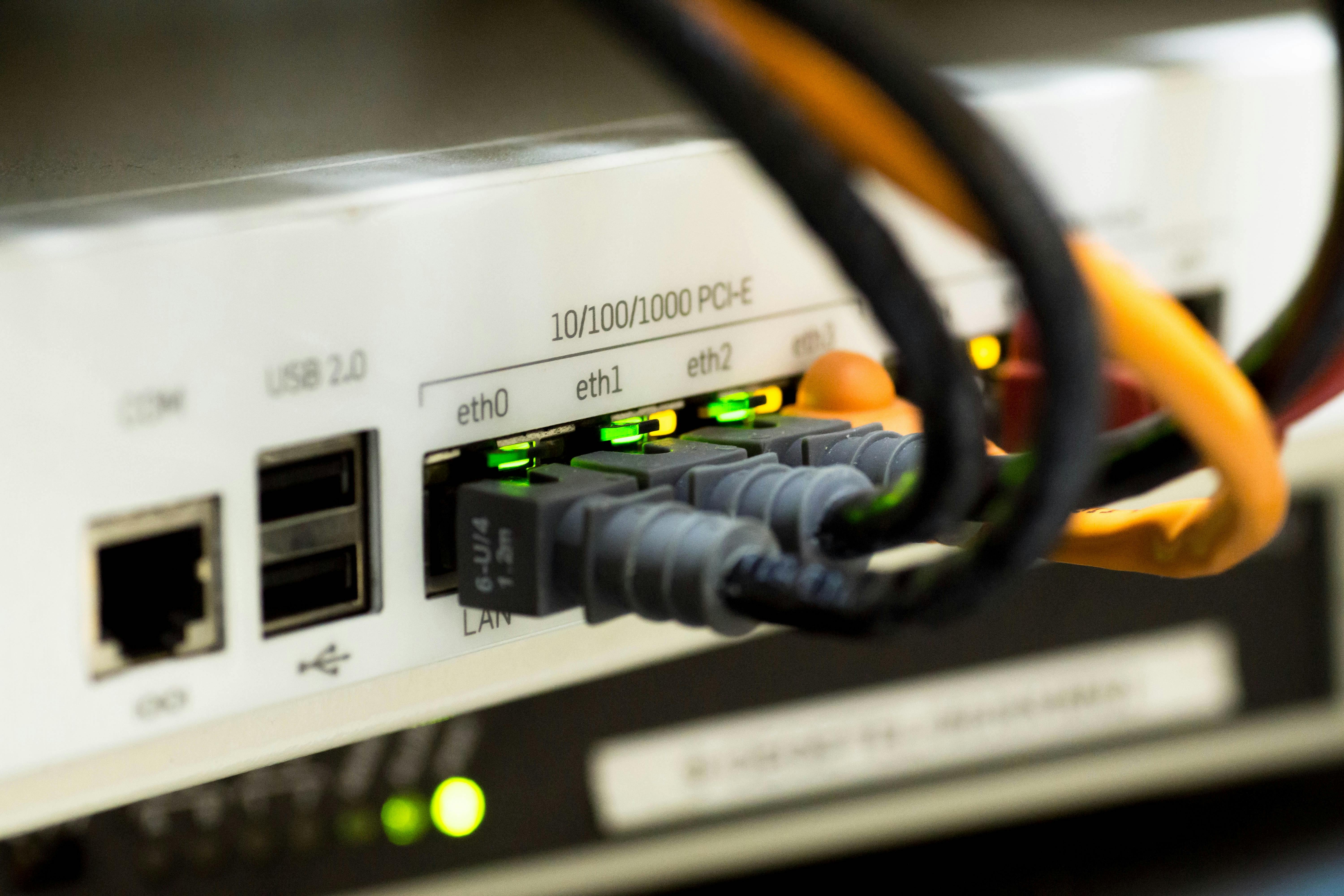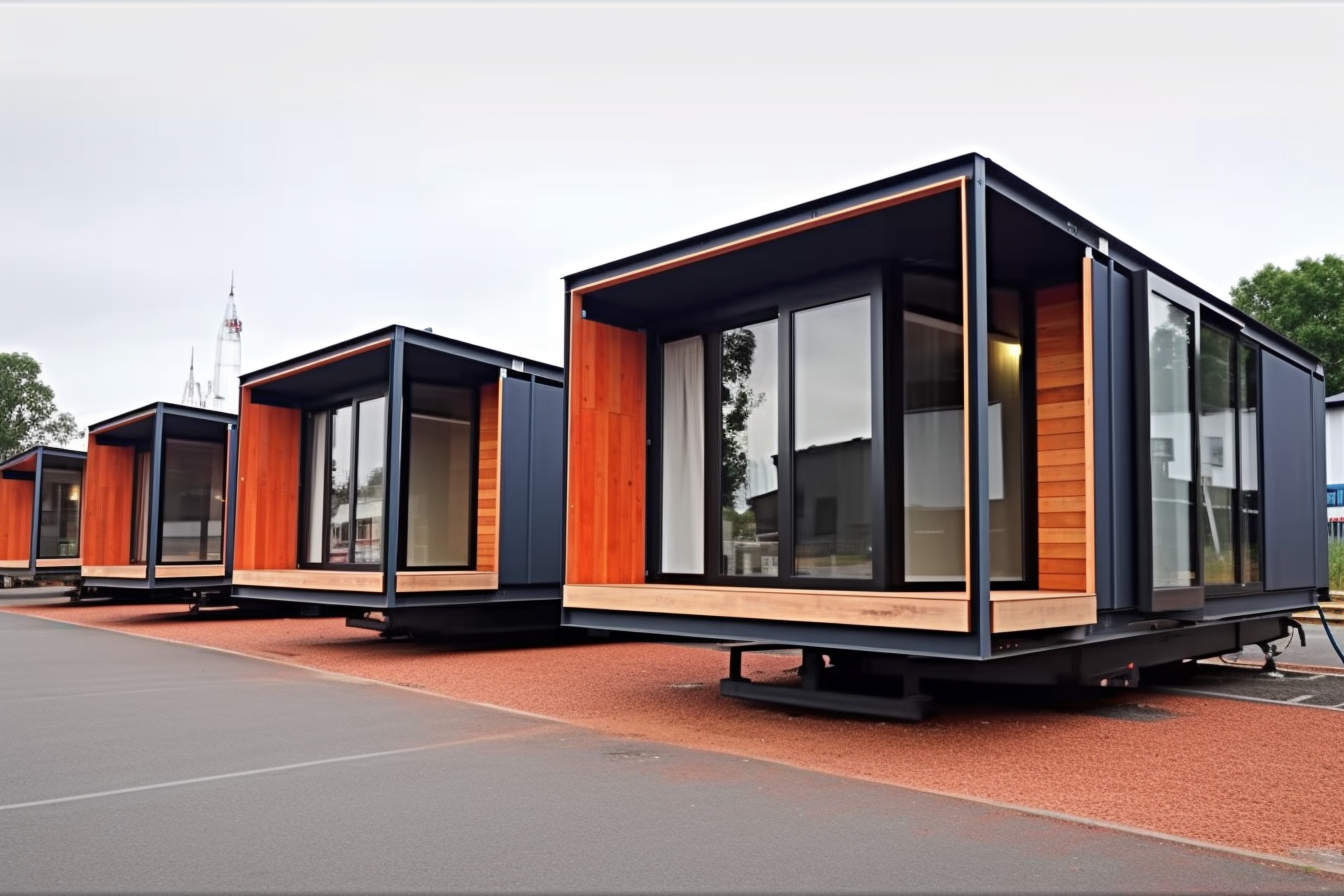Industrial Internet of Things (IIoT): A New Frontier in Business and Industrial Operations
Introduction: The Industrial Internet of Things (IIoT) has emerged as a significant trend in the business and industrial sectors, paving the way for a new era of operational efficiency and business innovation. This article delves into the world of IIoT, examining its implications and offering practical insights.

A Brief Background on IIoT
The Industrial Internet of Things refers to the integration of connected devices, sensors, and software within industrial settings. While the concept of IoT has been around since the late 20th century, the application within the industrial sector (IIoT) has gained prominence over the last decade. The rise of advanced technologies such as cloud computing, edge computing, and analytics has facilitated the adoption of IIoT in various industries, leading to a significant shift in the way operations are managed and optimized.
Unveiling the Current Trends
Today, IIoT is at the forefront of industrial transformation. Enterprises are leveraging IIoT to gain real-time visibility into their operations, enhance their decision-making processes, and achieve unprecedented levels of efficiency. The application of IIoT is not limited to the manufacturing sector; it has found its way into industries such as energy, transportation, healthcare, and agriculture, among others, proving its versatility and potential.
Delving into the Impact, Benefits, and Challenges
The impact of IIoT is profound. It facilitates seamless communication between machines, leading to enhanced automation and operational efficiency. It enables predictive maintenance, minimizing equipment downtime and reducing costs. Moreover, it aids in the collection and analysis of vast amounts of operational data, providing businesses with valuable insights for strategic decision-making.
However, the journey towards IIoT adoption is not devoid of challenges. Concerns around data security, interoperability, and the need for significant upfront investment are some of the hurdles enterprises face. Despite these challenges, the potential benefits offered by IIoT outweigh the disadvantages, making it a compelling choice for businesses looking to thrive in the digital age.
An In-Depth Look at Practical Applications
IIoT has been instrumental in revolutionizing various industrial processes. For instance, in the manufacturing sector, IIoT is being used for real-time monitoring of production line performance, enabling quick detection and rectification of issues. In the energy sector, IIoT aids in smart grid management, optimizing energy distribution and reducing wastage.
Practical IIoT Insights
- Start small: Implement IIoT in specific areas before scaling up to minimize risk and manage costs.
- Prioritize security: Implement robust security measures to protect sensitive operational data.
- Leverage analytics: Use data analytics to derive actionable insights from the data generated by IIoT devices.
- Collaborate with experts: Partner with technology vendors who have proven expertise in IIoT implementation.
Conclusion
The Industrial Internet of Things is a game-changer in the business and industrial sectors. By enabling real-time visibility, enhanced automation, and data-driven decision-making, IIoT is paving the way for a new era of operational efficiency and business innovation. Although the journey towards IIoT adoption may be fraught with challenges, with the right strategy and approach, businesses can leverage this technology to their advantage, driving growth and staying ahead of the competition.




